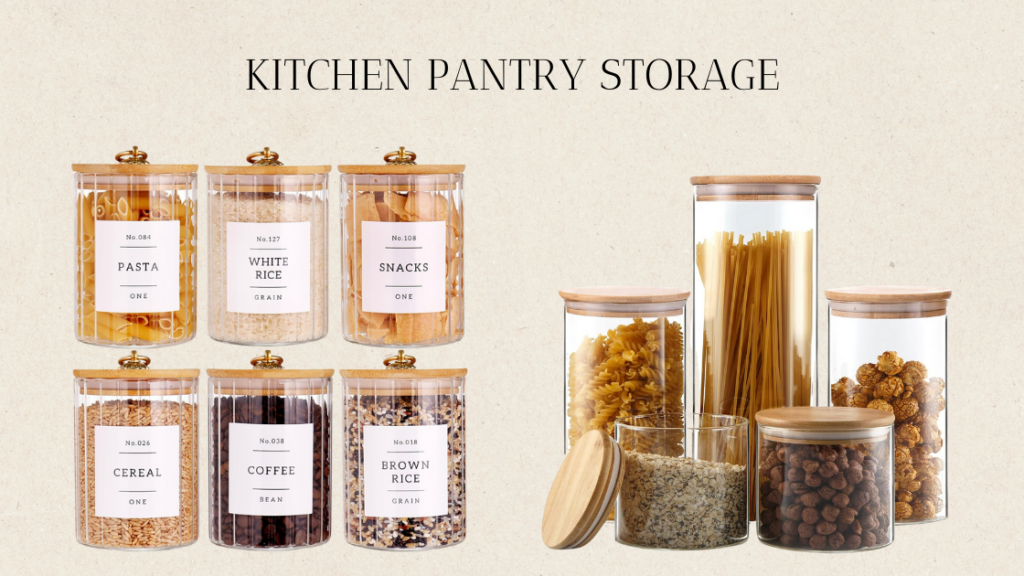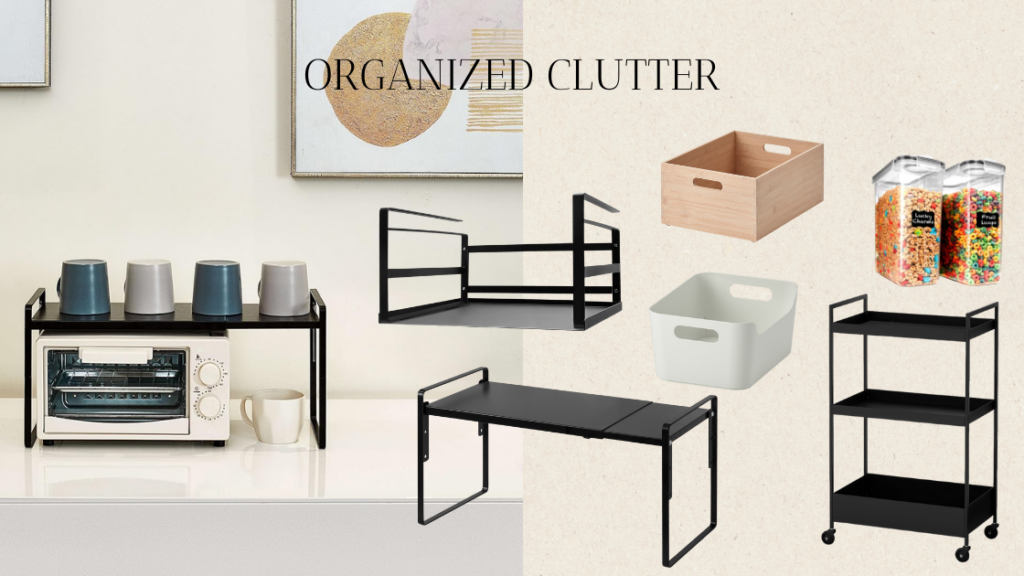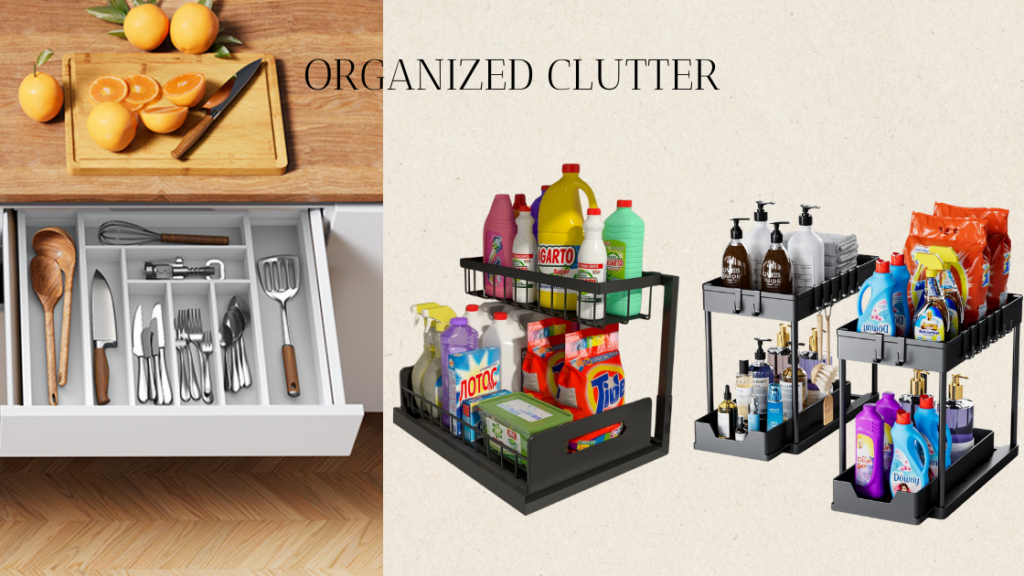Storage Containers of the Wrong Size for the Contents
When a storage container cannot hold all the rice/pasta/flour, etc., and you’re left with an open bag that also requires storage, you’re essentially creating clutter. Not only do you need to find a place for the container, but also for the remaining bag. This leads to a drawer or shelf full of half-open bags, creating a mess and taking up space that could be used to store other items.
There is a wide range of containers in various sizes, materials, and types, each suited for different needs. It is crucial to buy according to actual needs and not just randomly, to avoid waste and overload.
In my personal opinion (and from my experience in my own kitchen), it’s better to use transparent containers and jars so that we (and other household members) can see what’s inside and how much is left. Another recommendation is to add a label to each jar with the product’s name (e.g., a jar with a label “Brown Sugar” or “Pasta”) so that even when it is empty, it can be refilled with the same product.

Links to these beautiful containers (and more organize solutions) are here.
Visual Clutter
Glasses together with paper towels, together with kitchen towels, and half a pack of pasta—all on one shelf. There’s no way to know the quantities, the shelf is disorganized and not accessible.
Additionally, utensils and small electrical appliances (toaster, mixer, blender, etc.) create visual clutter and take up workspace on the countertop.
The first step is filtering. There is no need for three potato mashers or two schnitzel hammers; one of each is enough. I agree that having several wooden spoons for stirring is necessary so that each pot has its spoon, but that’s it. Truly, one of each is enough, and then they can be placed in a utensil holder on the counter or in a cutlery drawer if there is organized space.
Small electrical appliances that can be stored in a drawer or lower cabinet should preferably be placed there and only taken out when in use and returned afterward.
I understand that not everything can fit in a cabinet due to a lack of space, and some items remain on the counter. Just make sure they are placed to the side and do not get in the way.
Accessibility
Kitchen utensils and food items that are in inaccessible places, such as a house with children where snacks are in a high cabinet, or a kitchen where a lot of baking is done, but the baking supplies are scattered across different cabinets and not close to the baking area.
Again, it’s important to sort things out to understand what items we have and their quantities, and to decide what is needed and what is not (what is old, what is not functioning, or what might be missing a part and therefore not in use). Then organize everything initially on the countertop (or another convenient place) by categories and then return them to cabinets and drawers according to need and availability. For example, pantry and baking items in the cabinet closest to the oven and stove, so they are accessible during cooking, as well as spices that should be nearby.
For example, in my kitchen, there isn’t a convenient place for spices, oil, and sauces, so I transferred everything to an IKEA NISSAFORS cart (scroll down for link). Personally, I recommend this cart because of its sharp, and not round corners, that way you’re not wasting space.
Maximizing Space
The shelves in kitchen cabinets usually have a large gap between each other, creating space between the utensils or items and the shelf above them—space that can be utilized.
How? By using shelf dividers (I use the IKEA VARIERA), you can create “levels” on each shelf and make the most of them. For example, two types of cups/glasses with a shelf divider between them, leaving additional space for storage.
Besides shelf dividers, there is also a cup holder that can be hung on the cabinet shelf, gaining another “level” and fully utilizing the shelf without clutter.

Cabinet Under the Sink – Where to Start?
Proper organization and maximum utilization of the cabinet under the sink certainly contribute to a smooth workflow in the kitchen and maximum convenience. When you know and can see what is there and where everything is, you can handle everything easily and efficiently.
Here, too, you can use shelf dividers or even dedicated stands for this cabinet. They usually come with two levels of pull-out drawers, making it super convenient to pull out items without bending down too much. Before buying anything, it is crucial to measure the height and depth of the cabinet/drawer to ensure it fits.
And the “Holy Grail” of every kitchen – the cutlery drawer!
This drawer, in most cases, becomes a junk drawer with various oddities besides cutlery, and it requires sorting so that only what is really necessary is kept there: cutlery, a lemon squeezer, various cutting knives, etc. In every kitchen, this is different because the width and depth of the drawer vary, and therefore the amount or type of items that fit in it changes accordingly. It is necessary, of course, to adapt this to your needs and accessibility.

Cutlery organizer, under sink organizers, and storage boxes are all in here.